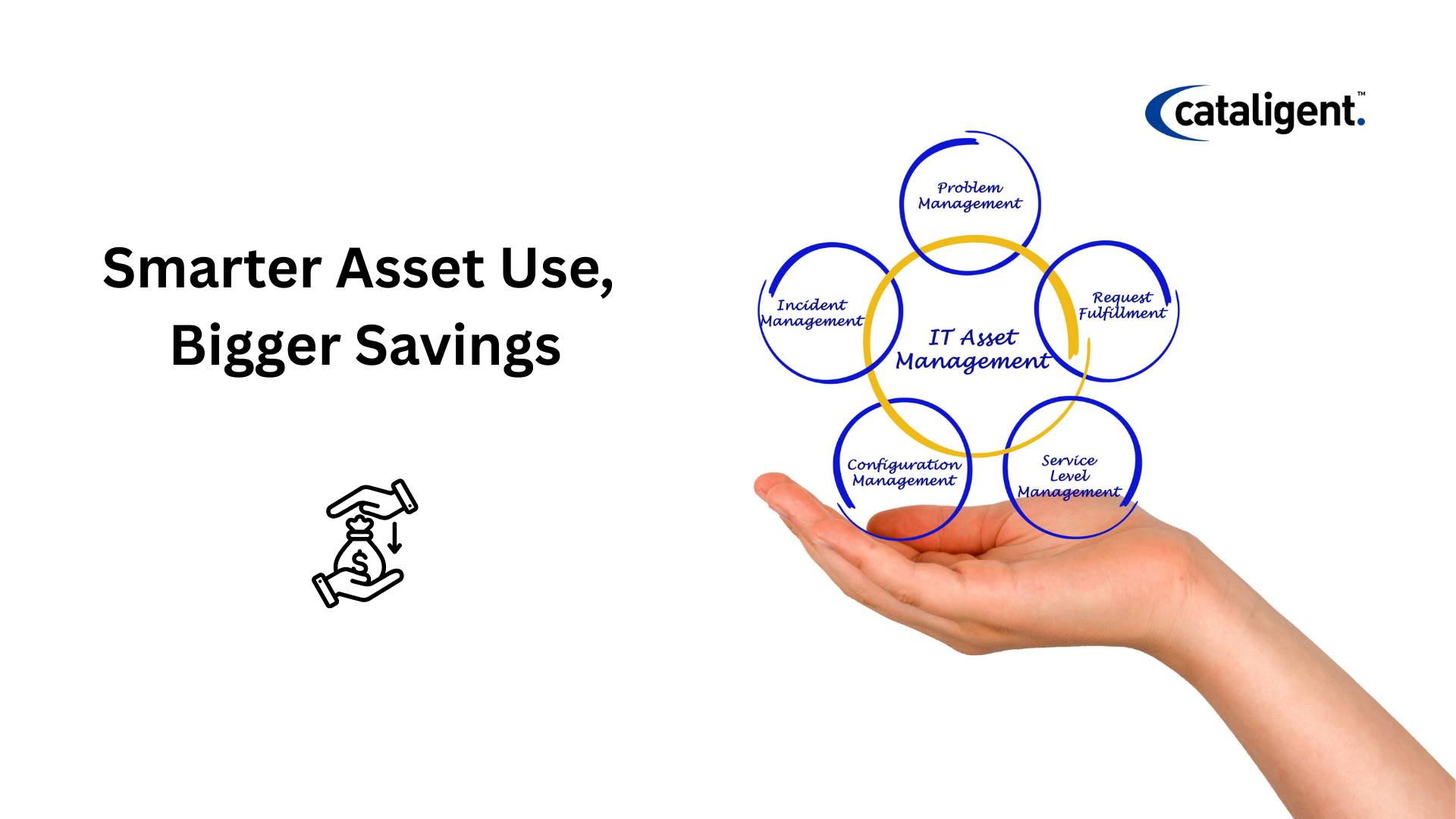IT assets—including hardware, software, and cloud resources—represent significant investments for modern organizations. However, many businesses manage IT assets reactively, leading to over-provisioning, underutilization, and unnecessary replacements that inflate costs. Strategic IT asset lifecycle management (ITALM) addresses these inefficiencies, providing a structured approach to manage assets from procurement to decommissioning. Beyond cost savings, ITALM enables business transformation by aligning technology with strategic objectives, improving agility, and optimizing resource allocation.
What It Is
Strategic IT asset lifecycle management involves comprehensive oversight and optimization of IT assets throughout their lifecycle. Key components include:
- Asset Inventory and Discovery: Cataloging all IT assets, including hardware, software, cloud instances, and licenses.
- Usage and Performance Analytics: Monitoring utilization patterns, performance metrics, and capacity requirements.
- Procurement and Allocation Strategy: Acquiring assets based on actual business needs, avoiding over-provisioning.
- Maintenance and Optimization: Regular maintenance, updates, and configuration adjustments to extend asset lifespan and performance.
- Decommissioning and Reallocation: Retiring or repurposing assets efficiently to prevent wasted expenditure.
- Governance and Compliance: Ensuring adherence to internal policies, regulatory requirements, and industry standards.
This structured approach ensures IT assets are cost-efficient, compliant, and aligned with strategic initiatives, enabling better support for business transformation projects.
Why It Matters
1. Reducing Capital and Operational Costs
Proactive lifecycle management prevents unnecessary spending on redundant or underutilized IT assets. Optimized procurement and allocation reduce capital expenditure while maintenance planning lowers operational costs.
Example: Identifying underutilized servers and reallocating them to other projects eliminates the need for additional hardware purchases.
2. Enhancing Asset Performance and Utilization
Monitoring asset performance and usage patterns ensures that each IT resource is used effectively, improving ROI and operational efficiency.
Example: Reconfiguring lightly used virtual machines or consolidating licenses for software applications increases asset utilization without additional costs.
3. Supporting Business Transformation
Strategic ITALM ensures that technology investments directly support transformation initiatives, including cloud migration, digital workflows, automation, and AI integration.
Example: Optimizing cloud resources through ITALM enables seamless deployment of new digital services without unnecessary overhead.
4. Improving Planning and Forecasting
Lifecycle insights provide data for informed decision-making on procurement, upgrades, and capacity planning, preventing over-provisioning or unexpected expenses.
Example: Predictive analytics indicate when hardware will reach end-of-life, enabling timely replacement and avoiding last-minute emergency purchases.
5. Ensuring Compliance and Governance
Proper lifecycle management reduces risk by ensuring assets meet regulatory and policy requirements, from licensing compliance to cybersecurity standards.
Example: Software license tracking prevents penalties for unlicensed usage and ensures adherence to vendor agreements.
How to Address It
1. Conduct a Comprehensive Asset Inventory
Document all IT assets across locations, departments, and platforms to establish a clear baseline.
Example: Include desktops, laptops, servers, cloud instances, SaaS applications, and IoT devices in the inventory.
2. Analyze Usage and Performance Metrics
Monitor each asset’s utilization, performance, and contribution to business processes to identify underused or over-provisioned resources.
Example: A virtual desktop infrastructure showing consistent low usage indicates potential for consolidation or downsizing.
3. Optimize Procurement and Allocation
Align asset acquisition with actual business needs, avoiding redundant purchases and ensuring optimal allocation of resources.
Example: Purchase cloud compute credits based on projected workload rather than fixed allocations, reducing waste.
4. Implement Maintenance and Automation
Schedule regular maintenance, updates, and automated monitoring to prolong asset life, prevent downtime, and reduce operational costs.
Example: Automating patch management and resource scaling reduces manual effort and ensures performance consistency.
5. Plan Decommissioning and Reallocation Strategically
Retire or repurpose assets systematically to prevent unnecessary storage, licensing, or operational costs.
Example: Decommission outdated servers and reallocate functional components to other departments or projects.
6. Establish Governance and Continuous Improvement
Set policies, compliance checks, and KPIs to maintain efficiency, reduce risk, and align IT resources with strategic goals.
Example: Regular audits of software usage, hardware performance, and license compliance support long-term cost efficiency.
How Cataligent Helps
Cataligent’s CAT4 platform empowers organizations to implement strategic IT asset lifecycle management effectively:
- Comprehensive Asset Inventory: Tracks all IT assets across locations, platforms, and departments.
- Performance and Usage Analytics: Provides insights into utilization, capacity, and lifecycle stage of each asset.
- Optimization Recommendations: Identifies over-provisioned, underutilized, or redundant assets and suggests reallocation or consolidation.
- Automation Support: Streamlines maintenance, patch management, and resource scaling.
- Governance and Compliance: Ensures adherence to internal policies, regulatory requirements, and vendor agreements.
- Strategic Alignment: Aligns IT resources with business transformation initiatives, enabling cost savings and supporting innovation.
By leveraging Cataligent’s CAT4, organizations reduce capital and operational costs, optimize IT asset utilization, and free up resources for transformative projects, driving efficiency and strategic growth.
Closing Thought
Inefficient IT asset management is an often-overlooked source of hidden costs. Strategic IT asset lifecycle management ensures optimal utilization, cost efficiency, and alignment with business objectives. Through Cataligent’s CAT4 platform, businesses can reduce waste, improve compliance, and reinvest savings into initiatives that transform operations, enable innovation, and drive sustainable growth.

